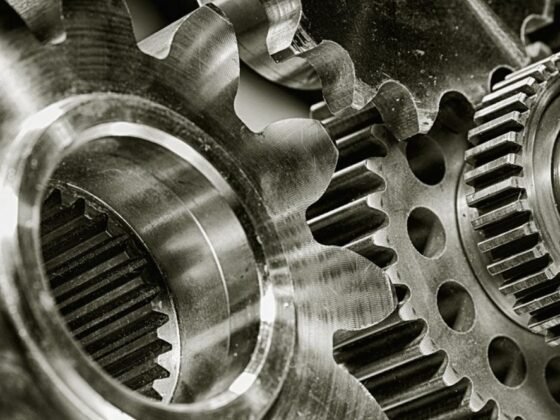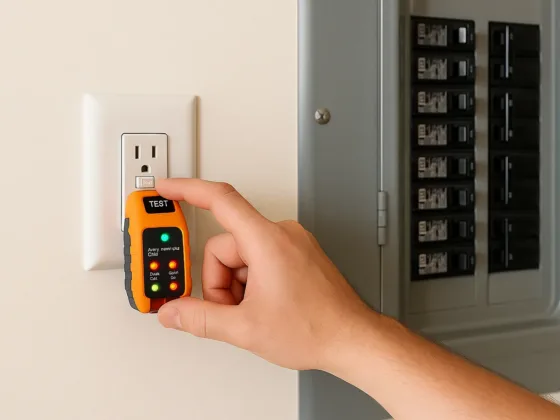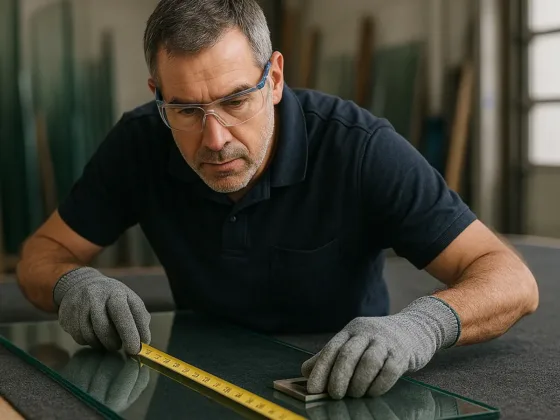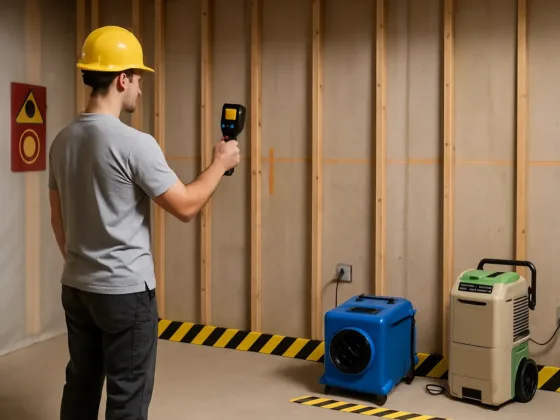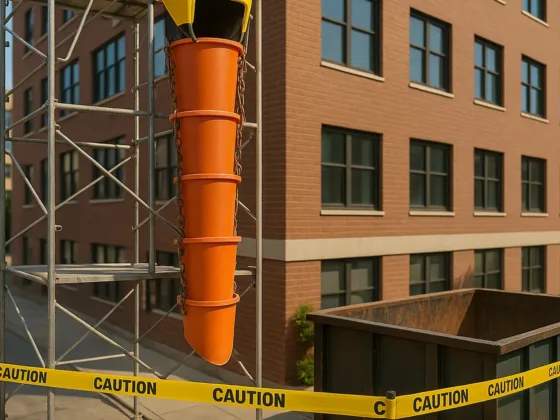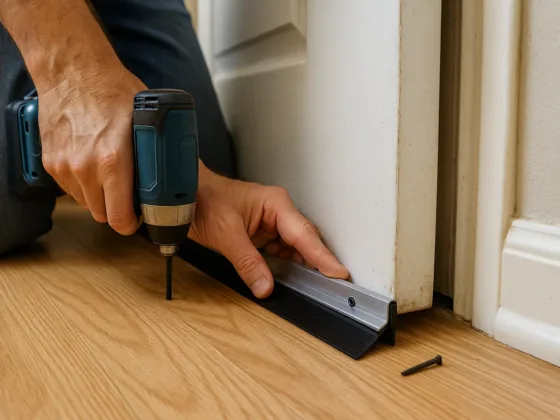Table of Contents Show
Commercial buildings will always have safety features installed in several areas. One building safety feature that’s essential is the fire prevention system.
You never know whenever a fire will suddenly start inside the building. There have been a ton of commercial building fires due to faulty fire prevention systems.

Aside from fire prevention systems, people put out a fire quickly when the need arises. The most common way is to use fire extinguishers.
This is also a critical part of every office or commercial buildings. Businesses would often hire fire extinguisher installation services to ensure they are strategically placed for people to use when the time comes.
These companies usually install specific types of fire extinguishers for specific reasons.
The Different Fire Classes
Many kinds of materials can easily fuel a fire, making it even worse, so it only fits to have fire extinguishers that can eliminate specific types of fires.
With that said, there are four several fire classifications created to ensure people get the right fire extinguisher.
Read Also:
1. Class A Fires
These fires start due to organic, combustible materials such as cloth, wood, rubber, paper, and plastics. This type of fire usually happens in restaurants with campgrounds, wood-burning stoves, and other outdoor areas.
2. Class B Fires
These fires are usually due to combustible, flammable liquids, including greases, tars, petroleum, lacquers, alcohol, and solvents. Usually, gas stations, chemistry labs, and bars are buildings that experience class B fires.
3. Class C Fires
These fires are caused by faulty electrical wirings, appliances, or devices. The most affected parts are generally in server rooms, generator rooms, or any other area where electrical equipment is present.
4. Class D Fires
These fires usually have metals involved. Examples of combustible metals are potassium, magnesium, aluminium, etc.
Several Types of Fire Extinguishers
Now that you’re aware of the four classifications of fires, the next step is to know what fire extinguisher will work best for a specific classification. There are uniquely designed fire extinguishers, and you need to choose the correct one to extinguish flames whenever you need to.
1. Foam Extinguishers
This type of fire extinguisher is commonly used for class A and B fires since it’s water-based. It extinguishes fires by generating a cooling effect on the fuel that’s causing the fire. After the foam is poured onto the burning liquid, it extinguishes by producing a barrier between the flame and fuel.
2. Dry Powder Extinguishers
You can choose dry powder extinguishers when you want to extinguish class A, B, and C fires altogether. Since it uses powder to douse the flames, it’s not recommended to use it in tight spaces as there’s a chance you can inhale the powder.
3. Water Extinguishers
For class A fires, it’s best to use water extinguishers. Buildings with a lot of organic materials such as coal, wood, or paper should have this fire extinguisher.
4. CO2 Extinguishers
For buildings that pose a high risk to electrical fires, CO2 extinguishers are essential to put them out efficiently. These can also douse Class B fires. It works by displacing the oxygen by which flame burns.
5. Wet Chemical Extinguishers
Restaurants should have wet chemical extinguishers since these areas have an abundance of cooking fats and oils.
If your building still doesn’t have these fire extinguishers installed, make sure you contact fire extinguisher installation services. There are many companies you can rely on to provide high-quality fire extinguishers.

